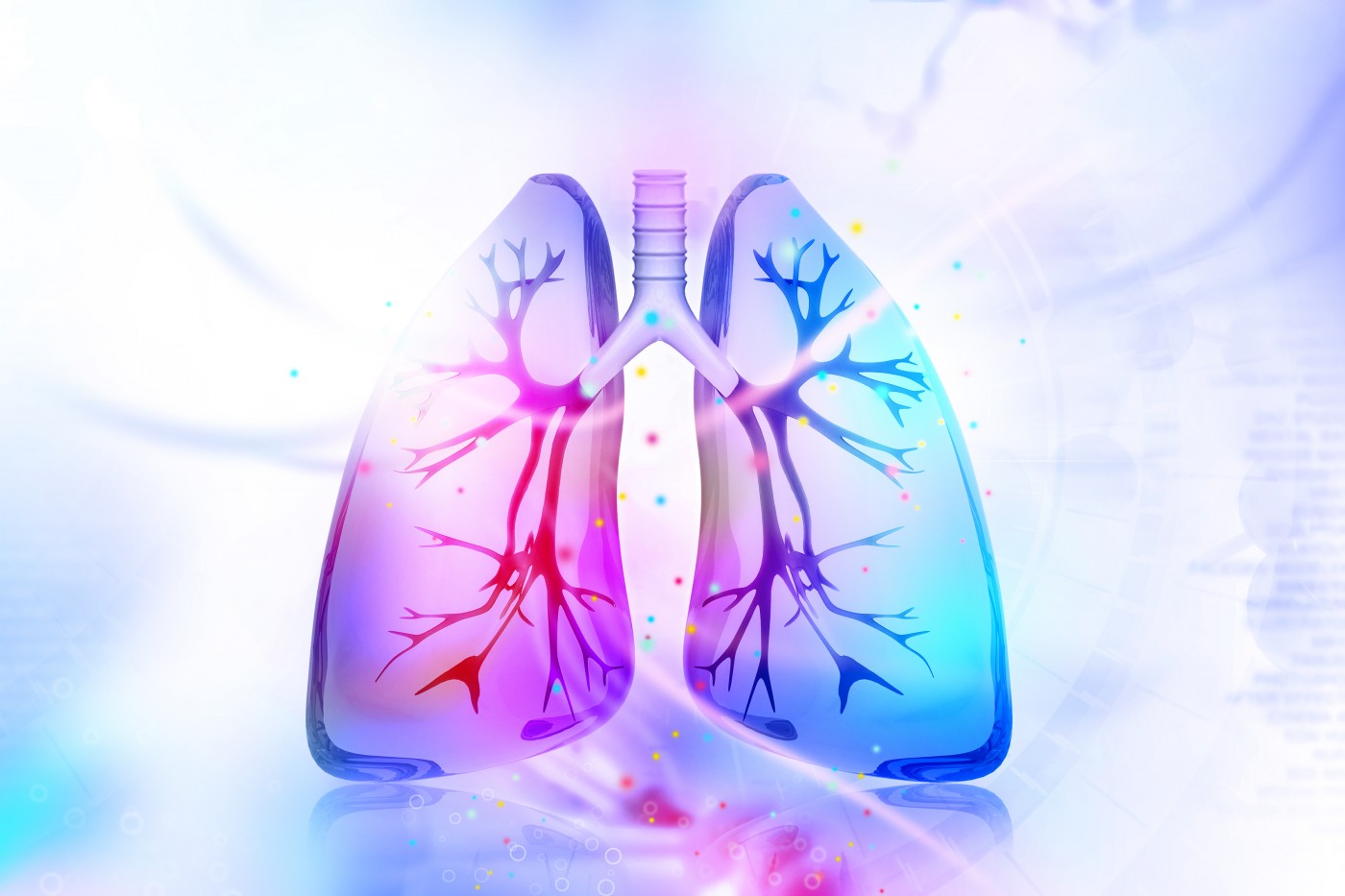CHMP Reaffirms Its Positive Opinion of Uptravi to Treat Pulmonary Arterial Hypertension

The Committee for Medicinal Products for Human Use (CHMP), the scientific board of the European Medicines Agency (EMA), has “readopted” its positive opinion in support of Actelion’s Uptravi (selexipag) as a treatment for pulmonary arterial hypertension (PAH).
According to an Actelion press release, the “re-adoption” of the CHMP positive opinion — first issued in January — is a procedural move taken as a result of clarifications requested by the European Commission (EC). The EC, which grants marketing authorization for new medicines and medical devices across the European Union, is expected to issue its decision soon.
Uptravi (selexipag), discovered and synthesized by Nippon Shinyaku, is the only approved oral selective IP receptor agonist targeting the prostacyclin pathway in PAH. In the United States, Uptravi is indicated for the treatment of PAH (WHO Group I) to delay disease progression and reduce the risk of hospitalization.
The CHMP’s positive opinion was partly based on the review of efficacy and safety data generated in the GRIPHON study, a long-term Phase 3 clinical trial. In the study, 1,156 patients with PAH and WHO Functional Class I-IV symptoms were treated for up to 4.2 years with Uptravi combined with other drugs, or as a monotherapy. More than 80 percent of trial participants were already receiving PAH-specific therapies, and results showed that the risk of was reduced by 40 percent with selexipag treatment compared to placebo.
PAH is high blood pressure affecting the right side of the heart and the arteries that supply blood to the lungs, the pulmonary arteries. PAH occurs when the pulmonary arteries thicken or grow rigid, making blood flow more difficult. Under these conditions, the heart has to work harder to push blood through the arteries, and the arteries aren’t able to carry an adequate blood supply to the lungs, depriving the body of the oxygen it needs. This causes PAH patients to tire more easily, and they may also experience shortness of breath, chest pain, and dizziness.
Although PAH is a rare disease, with an estimated prevalence of 15–50 cases per million, the prevalence of PAH in certain at-risk groups is substantially higher. For example, in HIV-infected patients the prevalence is 0.5 percent, in patients with systemic sclerosis it has been reported to be 7–12 percent, and in patients with sickle cell disease the prevalence is around 2–3.75 percent.







